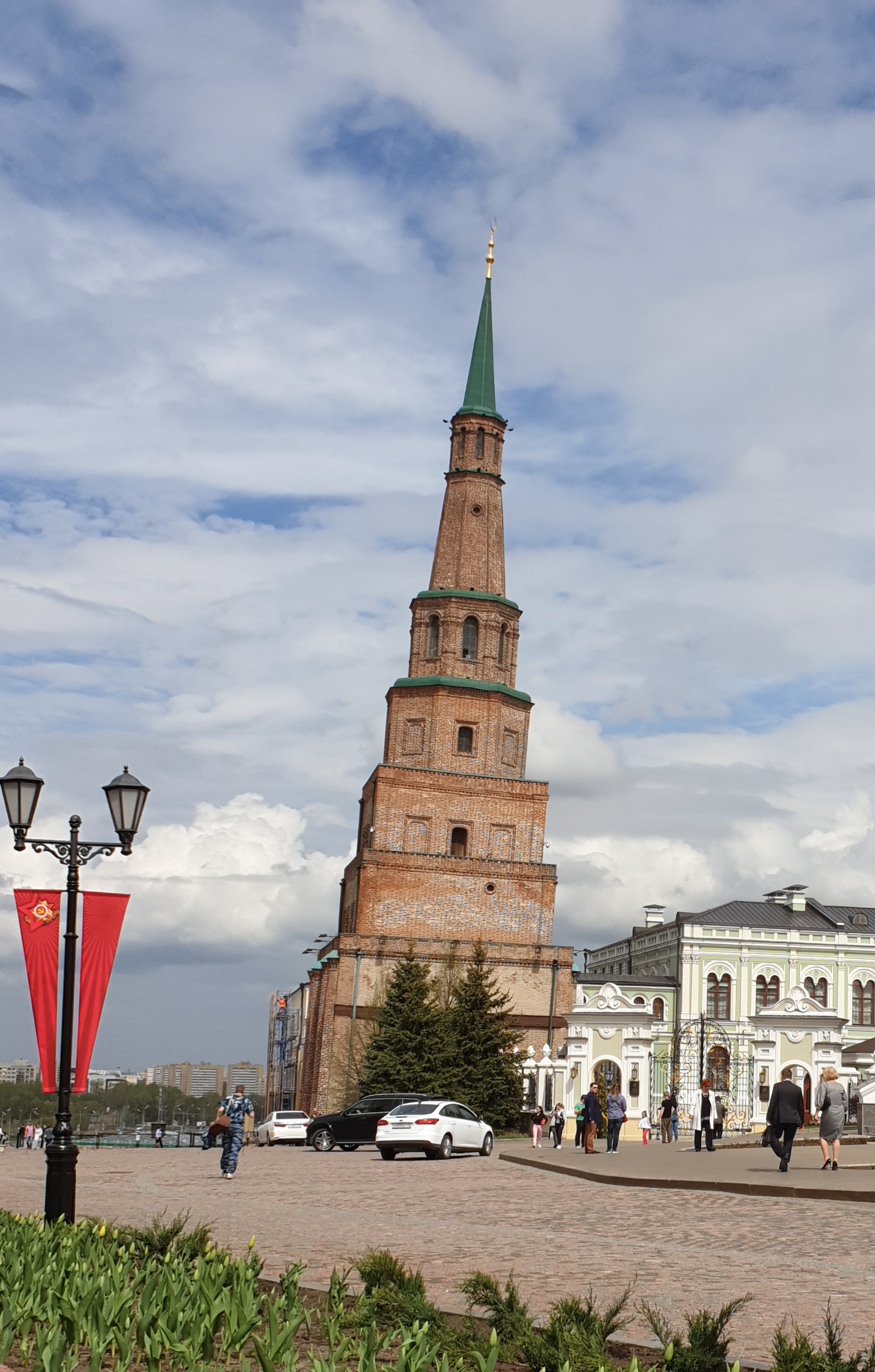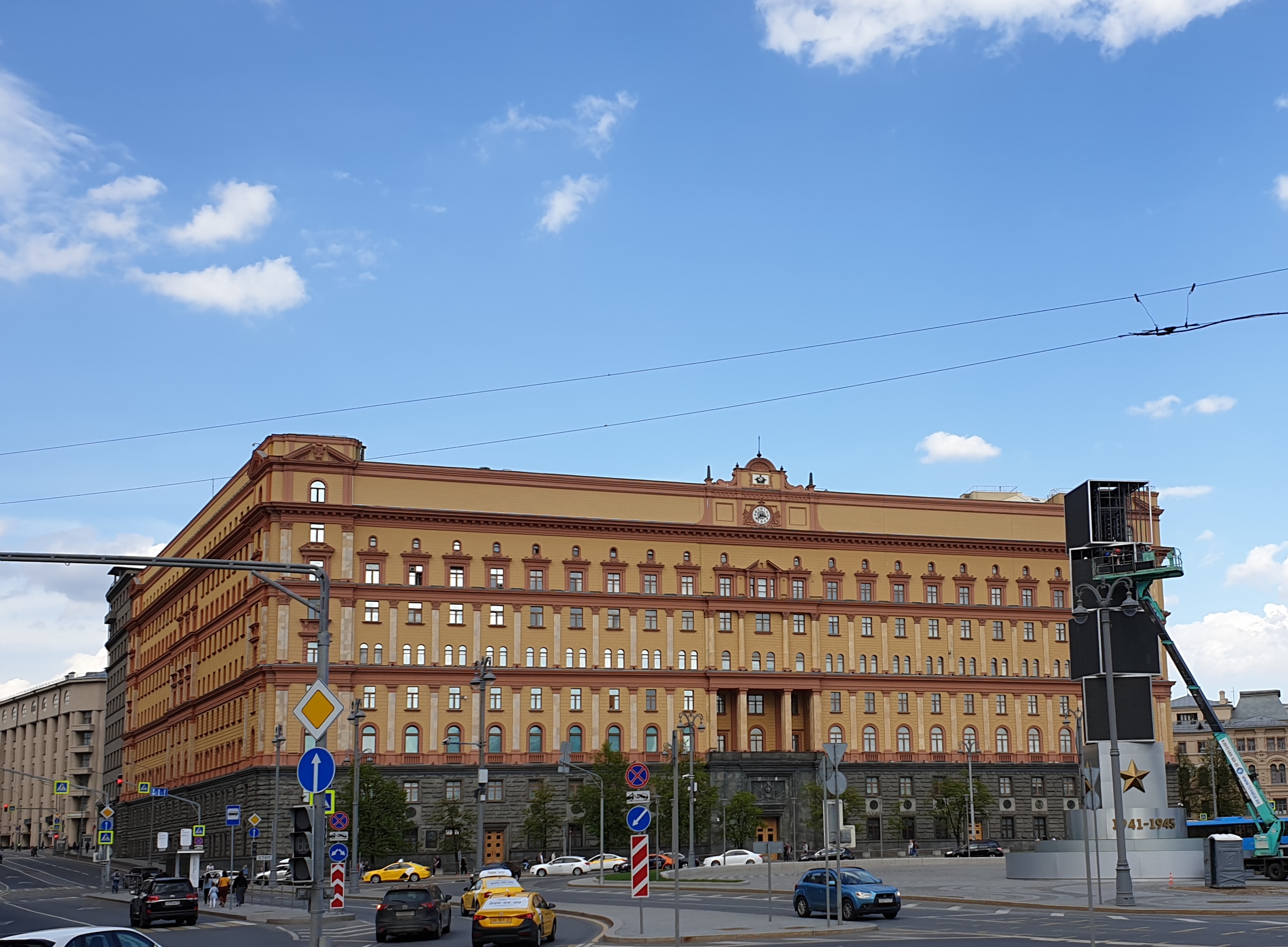Although The Kremlin in Moscow is world famous, there are at least five others and we have visited the one in Moscow and the one in Kazan, so I thought I would put them together.
As we all now know, thanks to the Football World Cup, Kremlin means fortress. But these are on a scale unrelated in the rest of the world (I believe).
If I say that it takes several hours to get round, even at the speed of our guides who do rather rush through their spiel without thinking about us wanting to look and appreciate what we are visiting. The Moscow Kremlin within its walls has the armoury museum with the carriages, regalia and costumes of the Tsars and the fabulous collection of jewellery and Faberge eggs; there are the offices of the President (Whitehall & Westminster for example); the official palace where the President receives state guests and gives functions; there is Cathedral Square with three important churches and two others, no less important but more discreet; the Italianate palace of the Patriarch and the great campanile; there are extensive and beautiful gardens and finally The Presidents’ dwelling, As well as the Communist Party Conference Hall built in the 1950s and the new armoury built after the defeat of Napoleon to house the cannons and other trophies of the war.
Of course, I keep talking about this as part of post-tzarist Russia, but these were the private dwellings and offices of all the Tzars and princes from the 1400s onwards. And though the buildings date from a later period, the area would have been seen by those rulers and their servants up until the destruction of the Romanovs. They would all have been christened, crowned and (until Peter the Great) buried in Moscow. Peter the Great moved his capital to St Petersburg and since then all the Tzars and their families have been buried in the Fortress of St Peter and St Paul. Though coronation right up to Nicholas II took place in the Moscow Kremlin cathedral called the Cathedral of the Dormition of the Mother of God, a hugely important festival in the Eastern Orthodox tradition, marking the moment when Mary “fell asleep” and ascended into heaven and was subsequently crowned, her coronation is also celebrated.

The Kremlin in Kazan was mostly built as it is now, at the time of Ivan the Terrible. It is very similar, though the walls are still painted white (apparently this was true also of the Moscow Kremlin wall). It has two major gateways and several administrative buildings as well as a cathedral and a mosque. The mosque in fairly new and part of a programme of interfaith that began in Kazan, at least, in 2005. It was built on the site of a 14th century mosque destroyed at some point in the Comminist era.
Churches and cathedrals dedicated to Mary, and there are many, have blue domes.

This is just one of the cathedrals in the Moscow Kremlin, the Cathedral of the Immaculate Conception of Mary. Yes, I know it has not got blue domes, but nevertheless! Then there is the campanile. The bells are rung if the Patriarch is saying Mass, and on certain feast days and at the coronation of the Tzar.

One of the principle disadvantages of following a guide in these circumstances is that they have a timetable and a spiel which they have mastered and WILL deliver no matter what.
So, in Kazan for example, we were whisked past the memorial to the heroes of the Second World War with the briefest on nods to the young people who were mounting guard. They were practising for May 9th which is Victory Day in Russia. This may seem odd, since fighting was still continuing in Europe right through June and onwards but many European countries, especially in the East celebrate the capitulation of the Germans on May 9th.
Further on there was a rehearsal with singing and some ceremony with red balloons which we were also rushed past. But it was not in the script…
But finally one thing that definitely should have been in the script was a beautiful wrought iron gate in a strange seven storey tower which seemed to have no purpose and about which there is a provably inaccurate myth about Ivan the Terrible, which our guide shared at length and then rushed us on our way. Just around the side of the tower from we were standing was the gateway. The wrought iron is gilded, the centre was a large circle, split down the middle by the two leaves of the gate. On the right hand side was a golden crescent moon and on the left half of a golden blazing sun. You need to take my word for how beautiful it is, as we were rushed past it too much of a hurry and much lower down to take a photograph.

The buildings in the Kazan Kremlin are as numerous but nothing like as glamorous as the ones in Moscow, and indeed some of the Tzars never came here after the defeat of the Tartars by Ivan the Terrible.

After the Kremlin and a quick tour of the city we were taken to the “Old Town” which turned out to be newly refurbished Tartar dwellings. Typically, we preferred the one that had not been tarted up.














